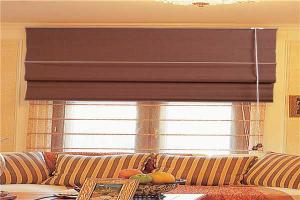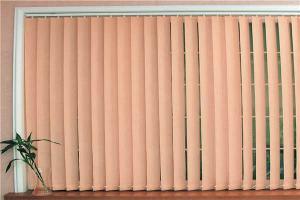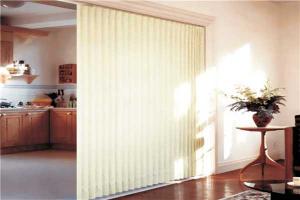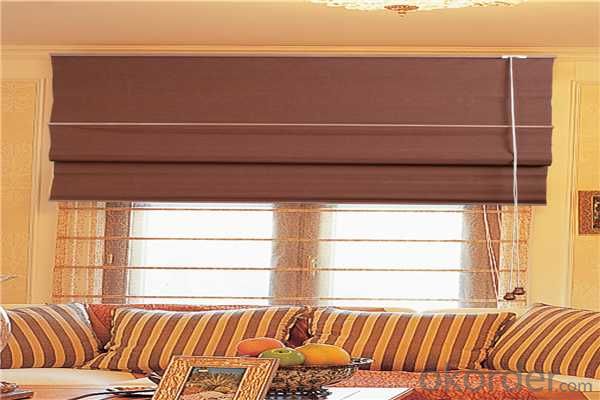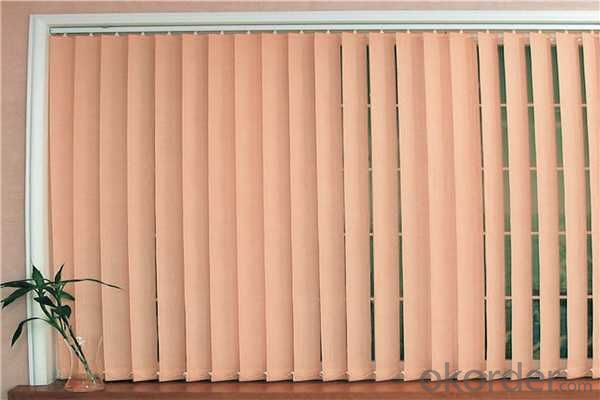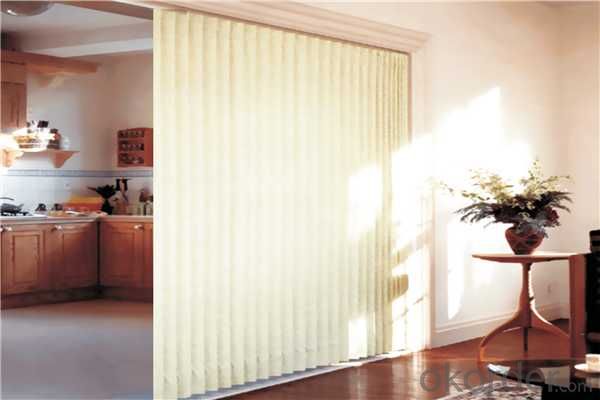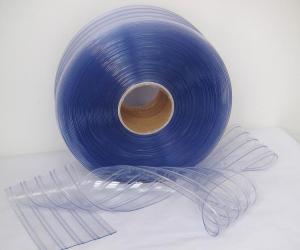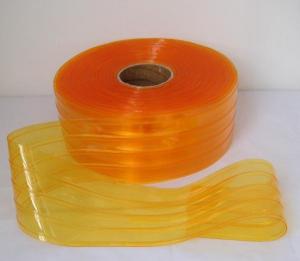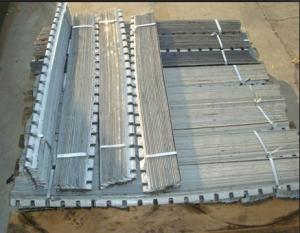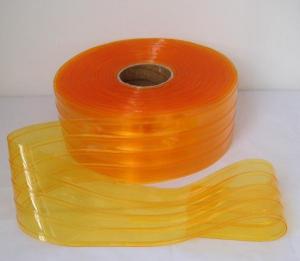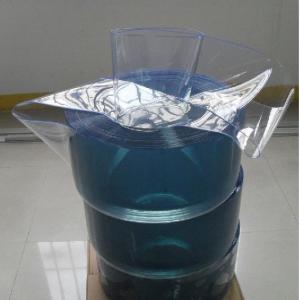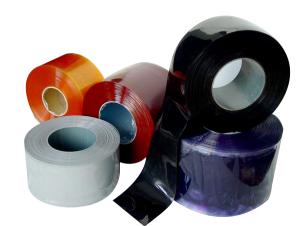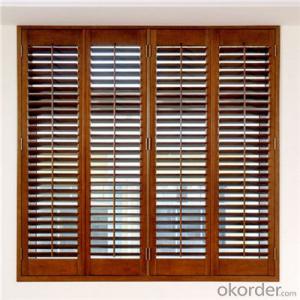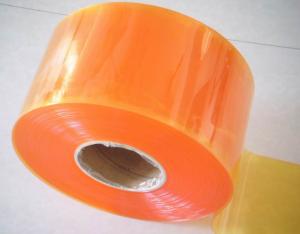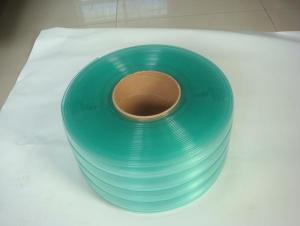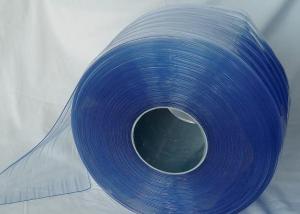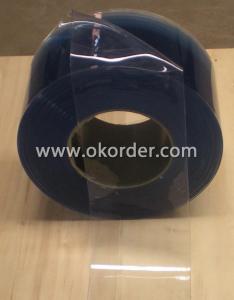Hot Selling Fashion Vertical Blinds Curtain Made in China
- Loading Port:
- Ningbo
- Payment Terms:
- TT or LC
- Min Order Qty:
- 1000 m
- Supply Capability:
- 500000 m/month
OKorder Service Pledge
Quality Product, Order Online Tracking, Timely Delivery
OKorder Financial Service
Credit Rating, Credit Services, Credit Purchasing
You Might Also Like
The curtain could be used in home and office for decorating or shading. The material of products in our company is eco- friendly and durable, and the UV-protection for this goods is strong. It's easy to install and disassemble to clean. And it looks quite beautiful and practical. The main materials for curtain are polyester and non-woven cloth, its track is aluminum and the snap is plastic.At the same time, Material, color and size can be customized as customer's demand.


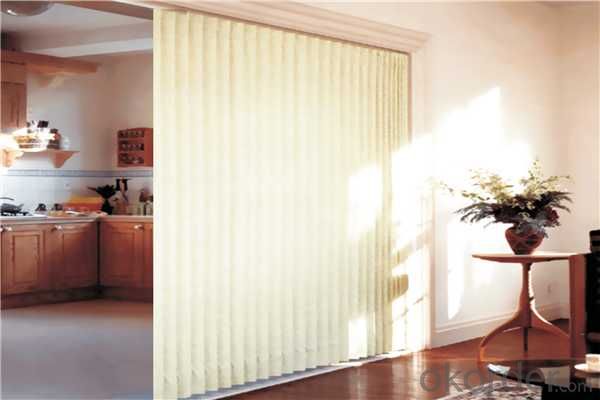

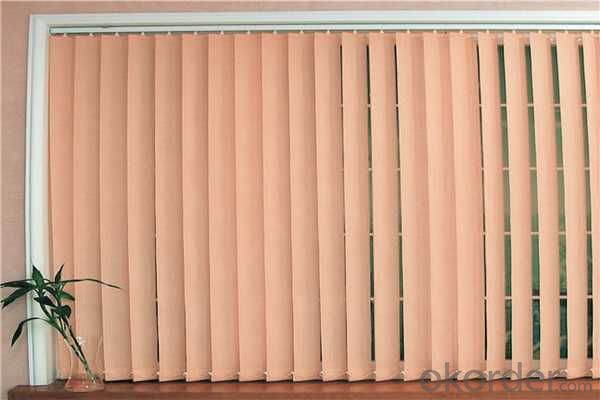
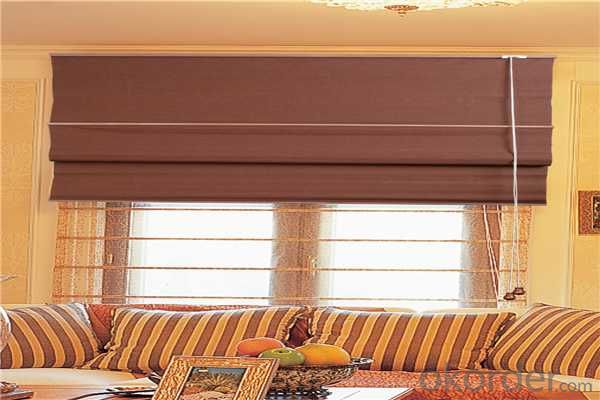
- Q: Can plastic parts in home appliances be easily cleaned with standard household cleaners?
- Yes, plastic parts in home appliances can generally be easily cleaned with standard household cleaners.
- Q: Can plastic parts in home appliances be affected by exposure to strong electromagnetic fields?
- Yes, plastic parts in home appliances can be affected by exposure to strong electromagnetic fields. Electromagnetic fields can induce electrical currents in the plastic, leading to overheating, melting, or other forms of damage.
- Q: What are the requirements for the export of household electrical appliances?
- Requirements for plastics for export home appliancesExports of foreign household electrical appliances, usually require plastic through UL, SGS, ROHS and other certification. And with the needs of environmental protection, spraying, plastics and other products are more and more applications.
- Q: Are plastic home appliances compatible with smart home technology?
- Yes, plastic home appliances are compatible with smart home technology. Smart home technology can be integrated into various types of appliances, including those made of plastic. The compatibility depends on the specific functionalities and features offered by the smart home technology and the appliance itself.
- Q: Are there any specific guidelines for storing or transporting plastic parts for home appliances?
- Yes, there are specific guidelines for storing and transporting plastic parts for home appliances. These guidelines typically include keeping the parts in a clean and dry environment to prevent moisture absorption, avoiding exposure to extreme temperatures or direct sunlight to prevent warping or discoloration, and using appropriate protective packaging to prevent damage during transportation. Additionally, it is important to handle the parts with care to avoid any scratches, cracks, or other forms of damage that may affect their functionality.
- Q: Are there any health risks associated with using plastic home appliances?
- Yes, there are potential health risks associated with using plastic home appliances. Some plastics may contain harmful chemicals like BPA (bisphenol A) or phthalates, which can leach into food or water when exposed to heat or certain conditions. Prolonged exposure to these chemicals has been linked to various health issues, including hormonal imbalances, reproductive disorders, and certain types of cancer. It is important to choose plastic appliances that are labeled as BPA-free and follow proper usage and care instructions to minimize potential risks.
- Q: How does plastic contribute to the durability of home appliances?
- Plastic contributes to the durability of home appliances by providing strength, impact resistance, and corrosion resistance. It helps protect delicate internal components, withstand rough handling, and prevent damage caused by moisture and chemicals. Additionally, plastic is lightweight, which makes appliances easier to transport and handle, reducing the risk of accidents and breakage.
- Q: Are there any specific guidelines for using plastic parts in home appliances with electronic components?
- Yes, there are specific guidelines for using plastic parts in home appliances with electronic components. These guidelines include selecting materials that are flame retardant, have good electrical insulation properties, and are resistant to heat, moisture, and chemicals. Additionally, plastic parts used in such appliances should undergo testing for durability, reliability, and compliance with safety standards to ensure they can withstand the demands of everyday use.
- Q: Are there any specific guidelines for repairing or replacing plastic parts in home appliances?
- Yes, there are specific guidelines for repairing or replacing plastic parts in home appliances. It is important to consult the manufacturer's instructions or contact their customer support for guidance. In general, it is recommended to use compatible replacement parts, follow proper safety precautions, and ensure proper insulation and grounding during the repair or replacement process.
- Q: Can plastic parts in home appliances be easily disassembled for maintenance or repairs?
- It depends on the specific home appliance and the design of its plastic parts. Some home appliances have plastic parts that are designed to be easily disassembled for maintenance or repairs, while others may have more complex or integrated plastic components that make disassembly more challenging.
Send your message to us
Hot Selling Fashion Vertical Blinds Curtain Made in China
- Loading Port:
- Ningbo
- Payment Terms:
- TT or LC
- Min Order Qty:
- 1000 m
- Supply Capability:
- 500000 m/month
OKorder Service Pledge
Quality Product, Order Online Tracking, Timely Delivery
OKorder Financial Service
Credit Rating, Credit Services, Credit Purchasing
Similar products
Hot products
Hot Searches

